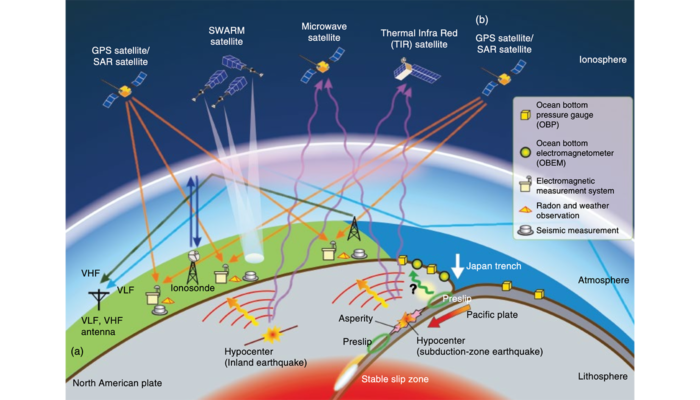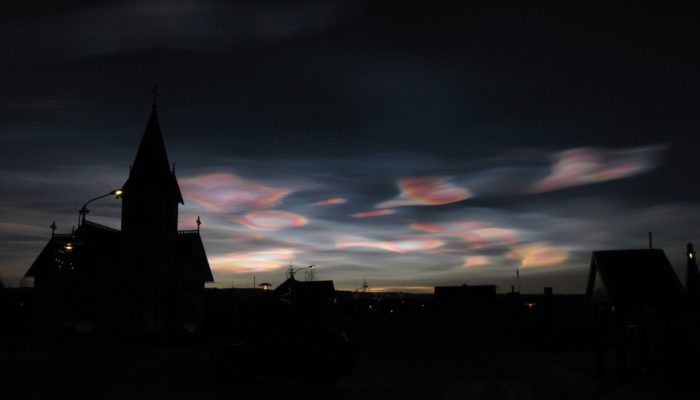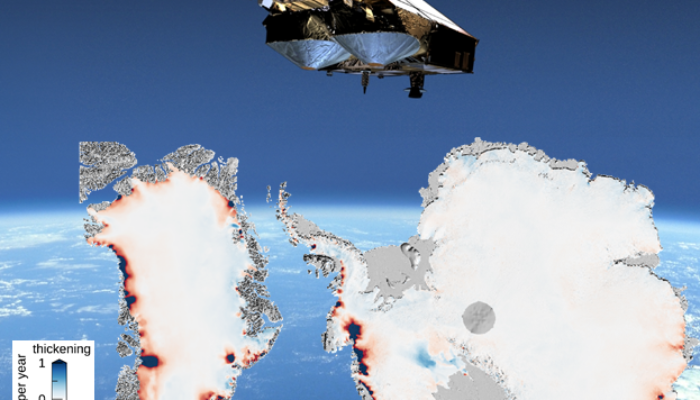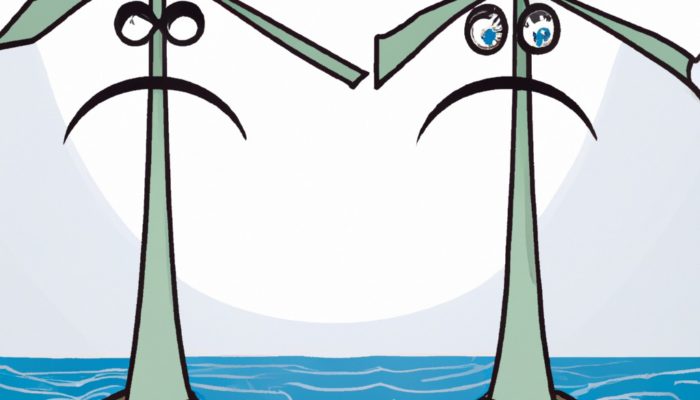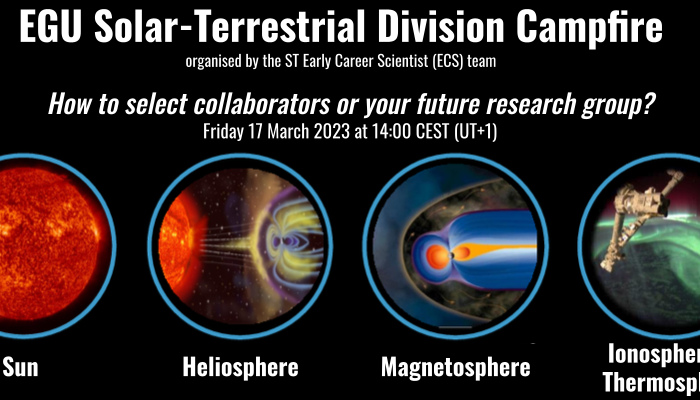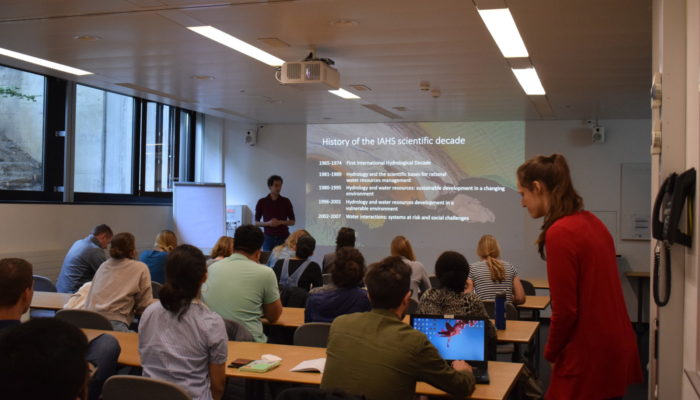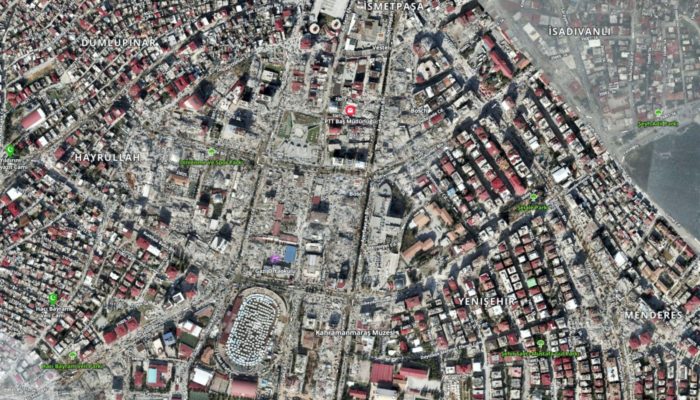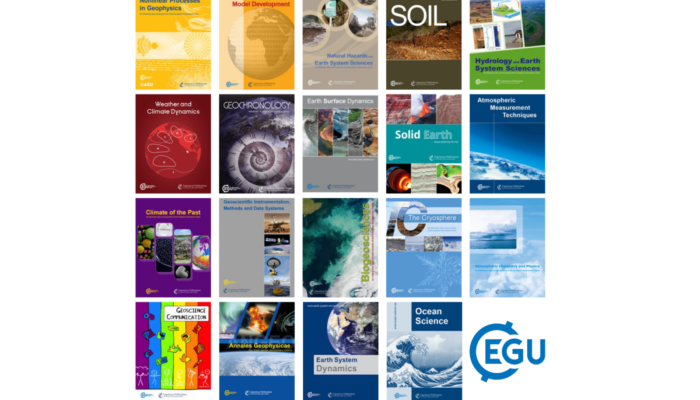The fundamental of Space Geodesy is the observation of the dynamics of the Earth, such as its rotation on its axis, changes in shape, and the external gravitational field etc., which allow for the monitoring of the Earth system in general. Space Geodetic techniques, such as Global Navigation Satellite Systems (GNSS) / Global Positioning System (GPS), as well as Interferometric Synthetic Aperture R ...[Read More]
If you didn't find what you was looking for try searching again.
GeoLog
Imaggeo On Monday: the EGU Photo Competition – stunning natural phenomena
In 2010 EGU held our first annual Photo Competition at the General Assembly in Vienna. Since then hundreds of photos have been shared on imaggeo by geoscientists and researchers just like you, with a lucky few being selected each year to be highlighted during the meeting and voted on by our members. These images can be of anything to do with geology or geoscience – we get many beautif ...[Read More]
Cryospheric Sciences
For Dummies: Radar altimetry for measuring ice sheet elevation changes
Does measuring the surface of the ice sheets provide more than superficial knowledge of their current status? Read further to find out why the answer is definitely yes! Measuring surface elevation changes actually tells us where Greenland and Antarctica are thinning or thickening and how much they contribute to sea level rise. Scientists have been doing this for the past three decades, so keep on ...[Read More]
GeoLog
Sign up for EGU’s Mentoring Program: here’s why!
You have been matched! I take a deep breath and click to open the message. Two women from Iran, a Master and a PhD student. Their research interests match mine: geohazards, geomorphology and modeling. I’m filled with pure joy. Being an Iranian woman myself, doing science outside of Iran for over two decades, I feel I am finally returning home. Carrying a backpack filled with knowledge and experien ...[Read More]
Nonlinear Processes in Geosciences
ECS SpotLight: Climate change on extreme winds already affects off-shore wind energy availability in Europe
Off-shore wind energy plays a key role in the transition to a renewable energy (RE) system, and its usage is expected to increase in the next few decades. Nevertheless, wind energy is one of the most variable and weather-dependent RE, because of its natural dependence on the wind speed, which can vary at different time scales, ranging from small-scale turbulence to seasonal oscillations and up to ...[Read More]
Solar-Terrestrial Sciences
ST-ECS Networking Campfire: How to select collaborators or your future research group?
Whether you are about to start working on your thesis, or you are ready to join a new research group, deciding which PI and which group to join is not something to be taken lightly. One first has to go through the process of understanding their goals and wishes, what the PI/group can offer, and whether they will fit in. The Early Career Scientists (ECS) team of the Solar-Terrestrial (ST) division ...[Read More]
Geodesy
Women in Geodesy: Anny Cazenave
After introducing famous women in the history of Geodesy last month, we now turn to influential women in Geodesy who have received the prestigious Vening-Meinesz medal of the EGU. We have asked the first female receipient of the Vening-Meinesz medal, Anny Cazenave, about her view and story of being a women in science. She gave us inspiring answers to our questions. Would you like to ...[Read More]
Hydrological Sciences
Where should hydrology go?
In 1965, UNESCO launched the first International Hydrological Decade to promote hydrology as an independent scientific discipline. This initiative has since grown into a global movement boosting hydrological research around a changing theme: the International Association of Hydrological Sciences (IAHS) Scientific Decades. The last two decades have shown that community efforts can shape the field o ...[Read More]
Stratigraphy, Sedimentology and Palaeontology
The study of sedimentary architecture and topography to reduce Earthquake damages: a sedimentological perspective on the Kahramanmaraş earthquakes
The area were most collapses occurred is a former alluvial outlet for the drainage of water and sediment from the upper parts of the Ahir Mountain When it comes to earthquakes, the nature of the Earth surface geology and its geometry is critical to understand the intensity and type of motion of the ground where we live. Of course, other factors matter when assessing the risk of damage in human-mad ...[Read More]
GeoLog
GeoRoundup: the highlights of EGU Journals published during February!
Each month we feature specific Divisions of EGU and during the monthly GeoRoundup we put the journals that publish science from those Divisions at the top of the Highlights roundup. For February, the Divisions we are featuring are: Geodesy (G), and Stratigraphy, Sedimentology and Palaeontology (SSP). They are served by the journals: Geoscientific Model Development (GMD) and Solid Earth (SE). Featu ...[Read More]

